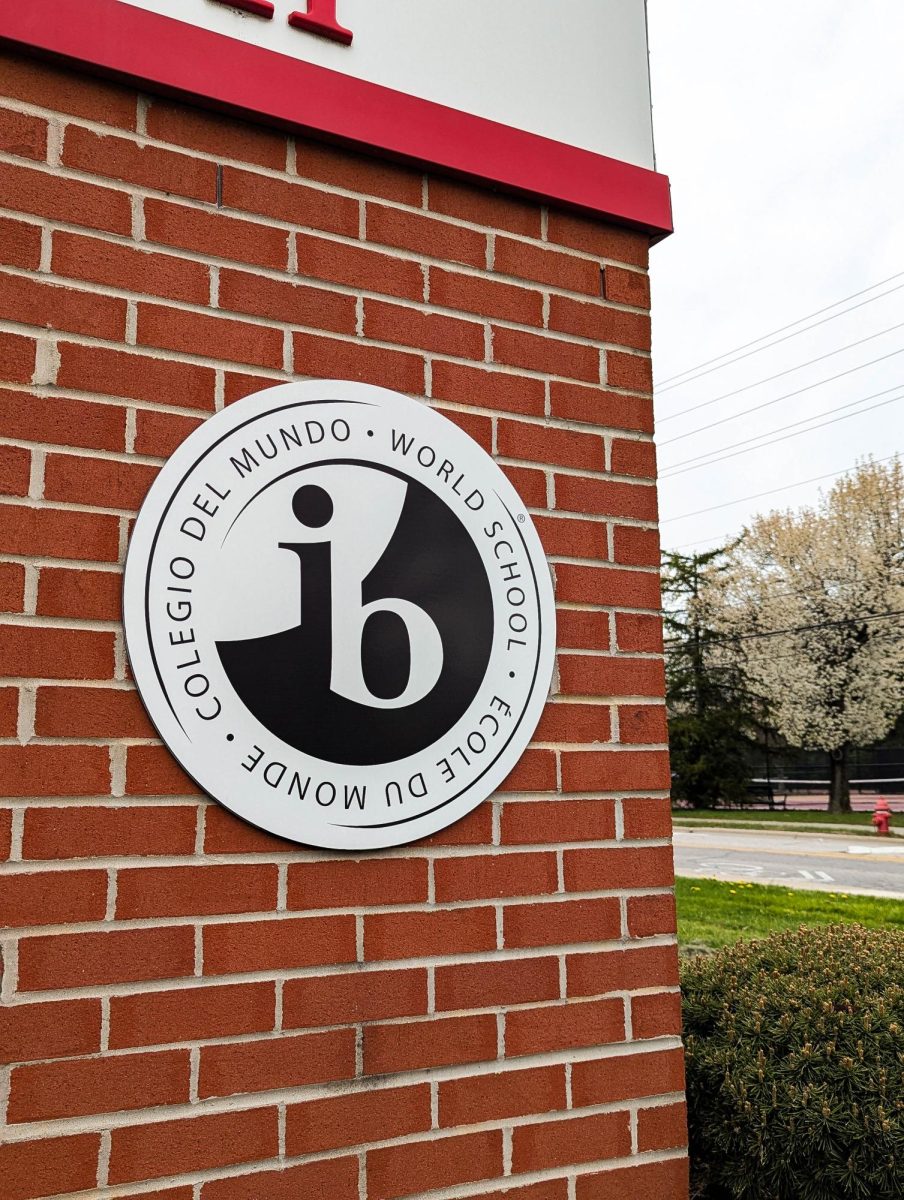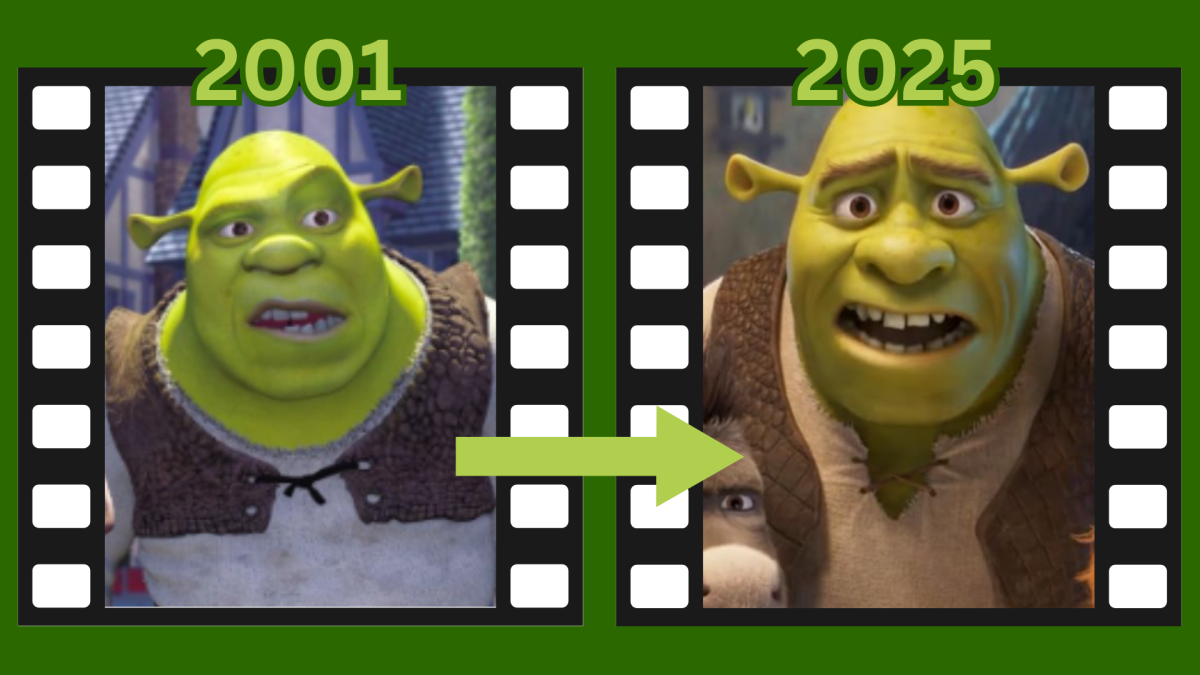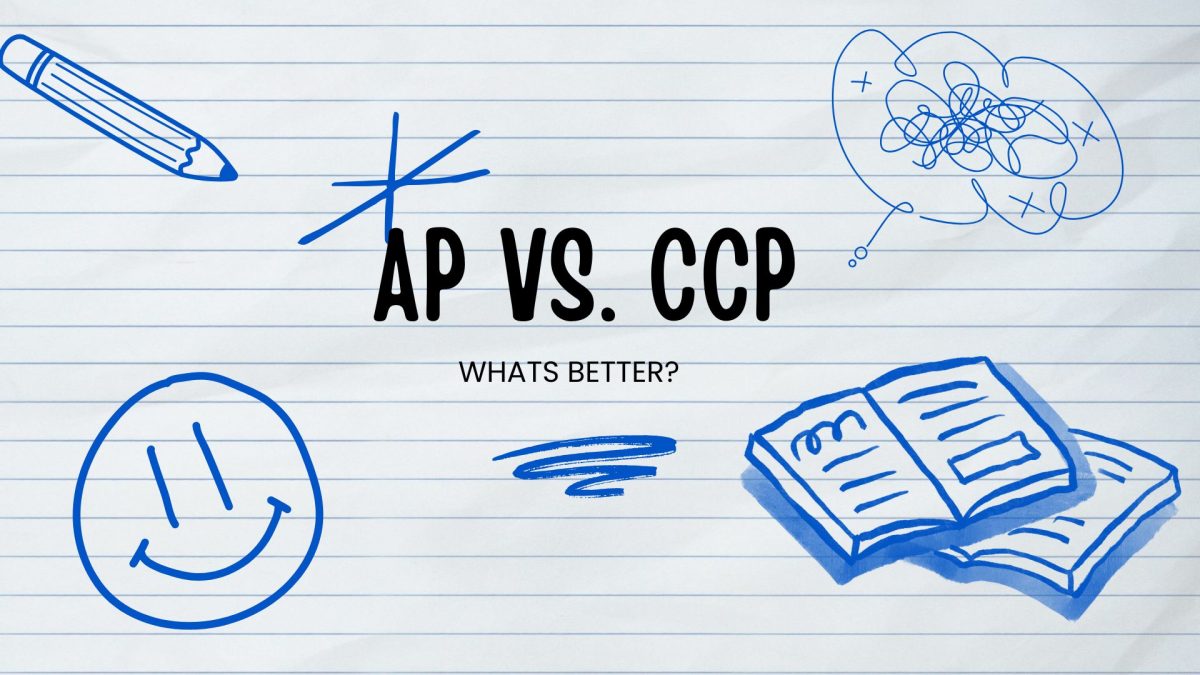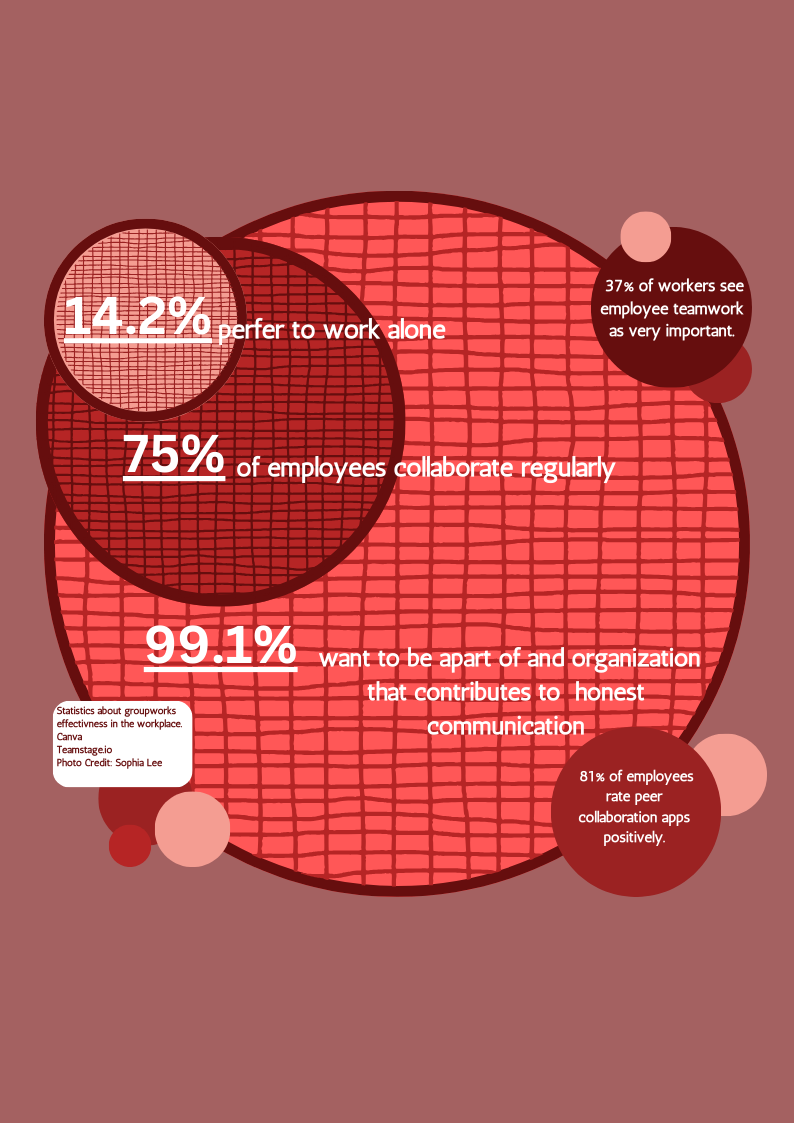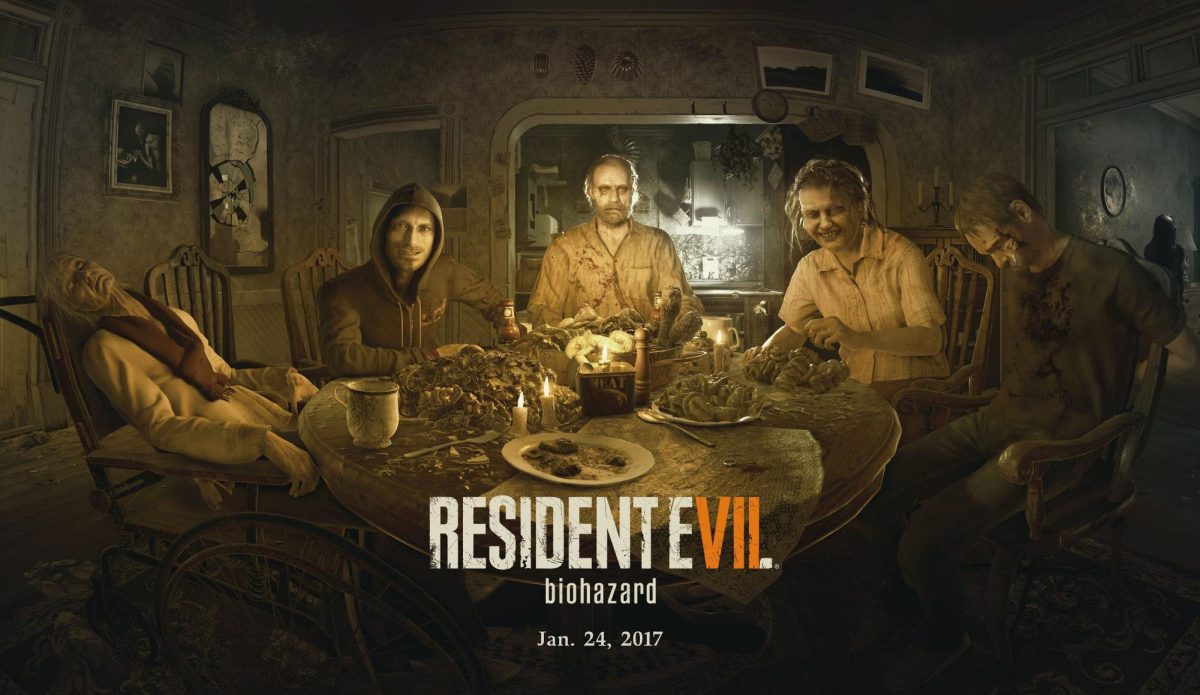In the heart of the diverse Paldea region, a brand-new trainer is ready to begin their picturesque adventure through grasslands, forests, deserts and snowy mountains full of soon-to-be Pokémon friends, battling their way to the title of Champion: the best trainer there ever was. After playing “Pokémon Scarlet” and “Pokémon Violet,” I became this trainer, and you can too.
Available for the Nintendo Switch, the games follow the classic story formula: battling eight gym leaders to qualify for the Pokémon League, beating the Elite Four and hopefully the Champion as well. This time, however, there is an exciting twist.
“Pokémon Scarlet” and “Pokémon Violet” feature a freeing, open-world feel with 3 main story paths that include challenging gyms, defeating groups of troublemaking bullies and battling extra-powerful Titan Pokémon. These choices combined with beautiful semi-realistic graphics make for endless hours of engaging gameplay.
Despite the appeal of these innovative features, the game has visual and technical glitches, sometimes impeding the immersive experience. Additionally, the open-world style can be confusing for beginners to the franchise, as little player guidance is available, as well as a lack of level-scaling for opposing Pokémon. For experienced gamers, though, the game is easy to navigate with frequent Pokémon Centers scattered throughout the region. A veteran fan would certainly be able to figure out where to find certain charactersPokémon based on the climate of their habitat.
Due to the wide range of these habitats in the Paldea region, there is an extraordinary variety of Pokémon to discover. Full of brand-new and returning Pokémon, the designs of this region range from cool to cute; there is a Pokémon for everyone. “Pokémon Scarlet” and “Pokémon Violet” also bring a new type of Pokémon to the scene: Paradox Pokémon. These fascinating creatures come from the mysterious land of Area Zero, where the Pokémon come from either the past or future, depending on which version of the game you purchase.
Those who play “Pokémon Scarlet” will encounter beasts from the past, and “Pokémon Violet” is filled with robotic monsters from the future. Although this feature is thrilling, version exclusives can be considered a downfall for players who do not have Nintendo Online accounts, which allows trading with other players.
Another main gimmick that the games showcase is the Terrastalizing phenomenon, which gives trainers the opportunity to change the type of their Pokémon once per battle, opening up doors to carefully calculated battle strategies. The concept of Terrastalizing is interesting and useful, however it pales in comparison to the features of previous titles, such as Mega Evolution or Z-Moves. It is still a notable feature, though, and should definitely be used frequently throughout any playthrough.
All of these complicated elements may give off the impression that “Pokémon Scarlet” and “Pokémon Violet” are difficult games, but the battles are actually significantly easier than older games in the franchise, making it more open to new players who have access to internet guides for the confusing story. More skilled players may get frustrated with the easy difficulty, but self-imposed rules can be implemented.
Overall, the games are enjoyable and revolutionary for the Pokémon franchise, yet have a few flaws that can make them inaccessible or irritating to beginners who don’t want to go through the effort of getting help online. For veteran fans who can look past gameplay glitches, however, “Pokémon Scarlet” and “Pokémon Violet” are a good choice for a casual, fun time.














